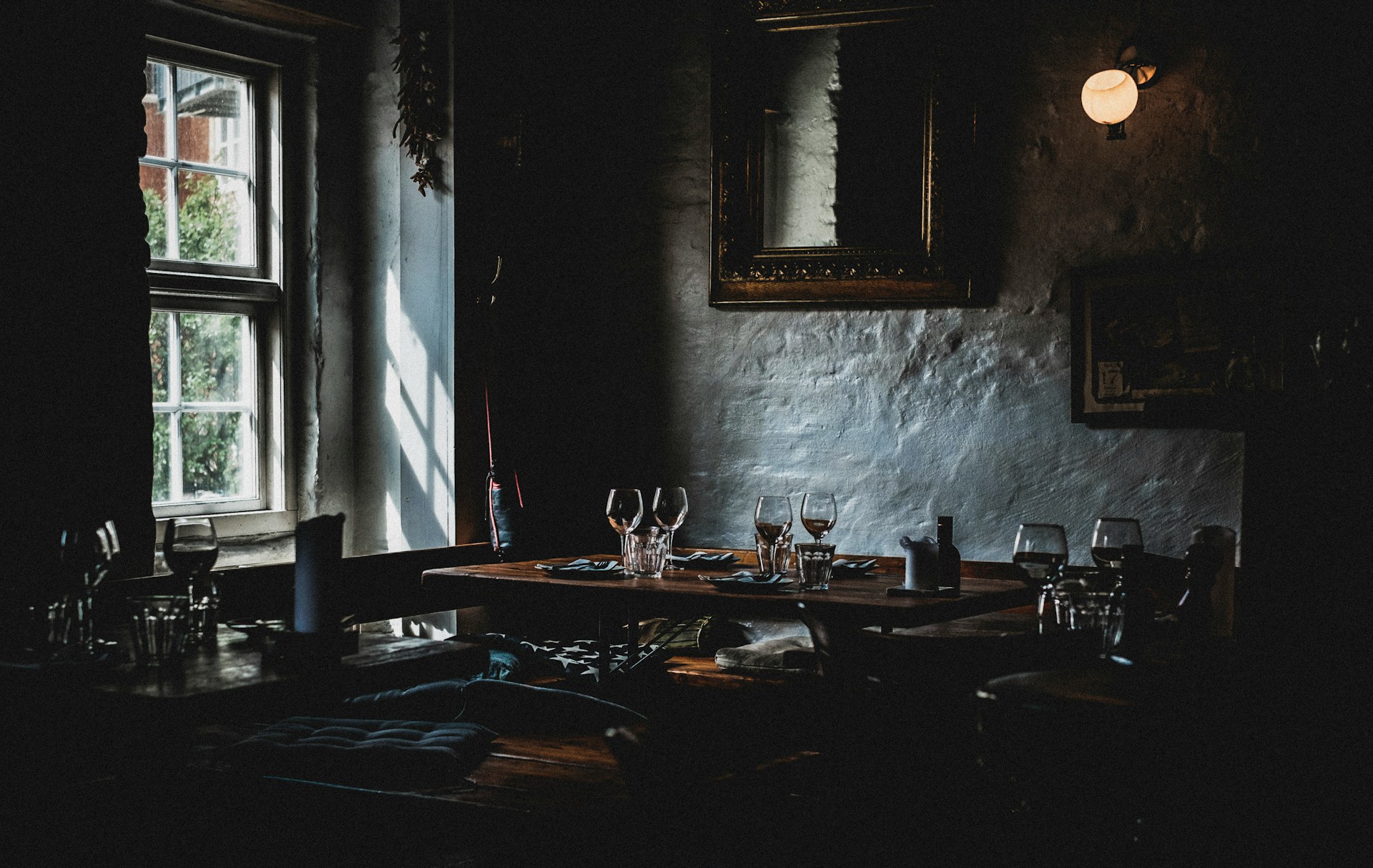At this point, red wine tasting is a science of its own. There are countless producers and distributors and not all of them offer quality products. Of course, the first factor that can determine whether a red wine is good is the price.
However, the price is merely a small indicator of the wine’s quality. There are several factors that you should consider and that’s what we’ll dive into in this article.
The Smell and Color
When it comes to the color, it all depends on the type of wine. In our case, red wine should have the corresponding color. But if the color is pale, then it’s code red. The red color should be catchy and a bit dark.
Dry red wines have a very dark red color. If the color leans more towards rosé, then it’s probably low quality and you shouldn’t take it into consideration. Additionally, the darker the color is, the older the wine itself is.
The smell is where things get a bit tricky. Getting familiar with the smell is all about the famous glass swirling. The reason why you need to swirl the glass is to increase the oxygenation. Higher oxygenation brings out more complex aromas. The general idea here is to have a good sense of the smell/aroma.
Most red wines have dark fruit aromas (blackberries, blueberries, plums, cherries, etc.). After that, it’s all about the intensity. There are three levels here:
- Low
- Medium
- High
The higher the intensity of the aroma, the stronger the taste of the wine is. If you can feel the smell while your nose is outside of the glass, then the intensity is high. If your nose is at the mouth of the glass, the intensity is medium. If you need to put your nose inside the glass, then the intensity is low.
Length
This is a rather interesting way to test the wine and requires a lot of focus. Testing the length of the wine is basically testing its flavor. The idea here is to see how long the flavor lingers in your mouth. Quality wine should have a flavor that stays on your tongue for a few seconds. If the flavor quickly disappears, then its quality is not good.
Additionally, the flavor itself should be enjoyable. When you taste a wine, you should like it. If the flavor lingers a bit, but it isn’t pleasant, then you should pass it. If the taste is good, then you can check this point and go to the next one.
Balance
Determining the balance can be a bit hard. Basically, this point is all about checking whether all wine features are well-balanced. In other words, no element should be dominant over others. Well-balanced wine is hard to make. Only experts can achieve this and if you notice it, then you are in for a treat.
The Combination of Tannins and Alcohol
Tannins are substances that are mostly found in plants. In our case, tannins are located on the skin of the grape. They influence the taste of the wine. When you feel your tongue drying out while you sip your wine, that’s the tannin doing the “talking.”
The combination of tannins and alcohol is extremely important. Here’s why. Tannin is in charge of drying out your tongue. Then, alcohol needs to fill the void and add a bit of a spicy flavor. If any of those is predominant, then the win won’t taste good.
One interesting fact about tannin is that winemakers use it to preserve their wine. As such, the wine gains a longer life. At first, winemakers overload their bottles with tannin, but over time, they age and become more subtle.
The Complexity
The final part of the process is the complexity of the wine. This goes back to the part where we’re checking the smell. A good wine should have multiple layers of aromas. Each time you smell the glass of wine, you should sense a new aroma.
Primary aromas are the ones that come from the grape itself. Secondary aromas allude to the fermentation of the wine and tertiary aromas allude to the oak barrels where the wine is stored.
Trained noses should feel the differences between the three every time you take a whiff of the glass. Through complexity, you can feel multiple smells – fruit, flowers, wood, spice, etc. One thing that’s worth mentioning is that the smell of wood shouldn’t be too dominant.





